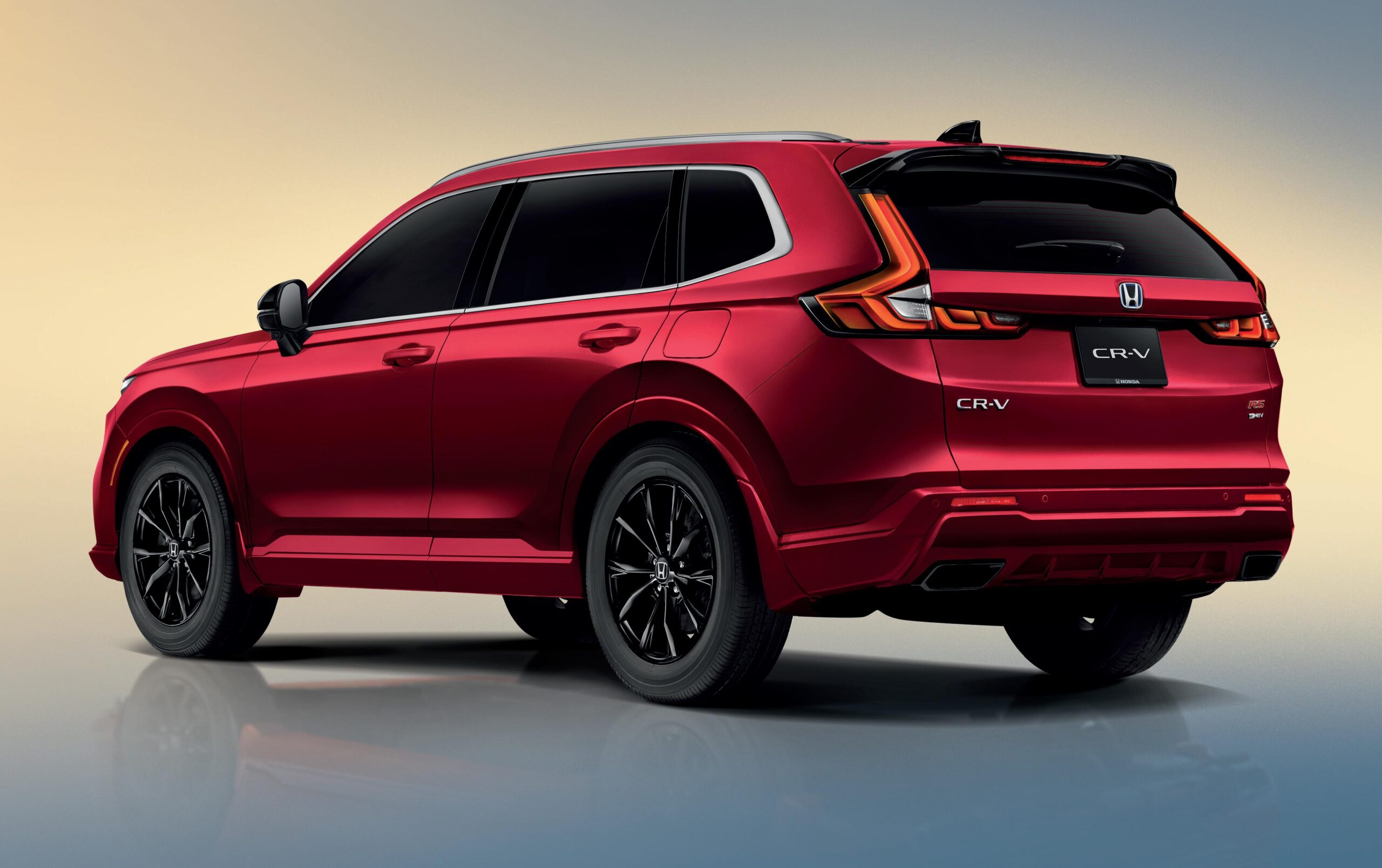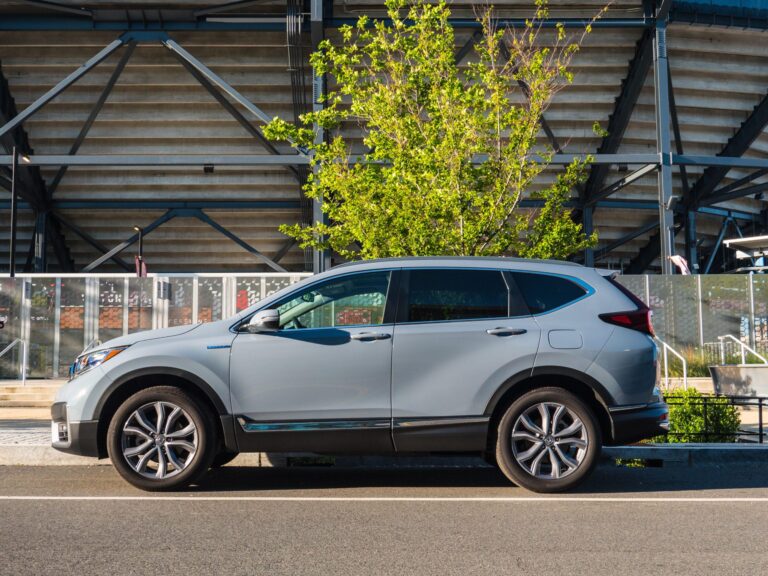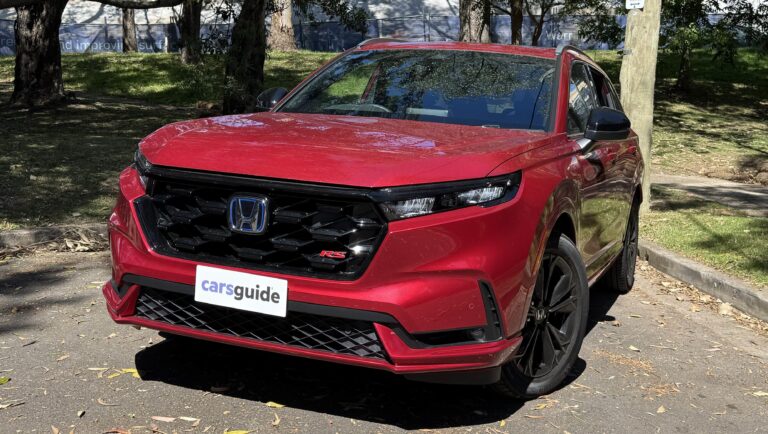Honda CR-V maintenance tips
Keeping the Journey Smooth: Essential Honda CR-V Maintenance Tips
Owning a Honda CR-V is more than just having a reliable vehicle; it’s a gateway to adventures on the open road, family outings, and everyday commutes. To ensure that your trusty companion continues to deliver optimal performance and comfort, regular maintenance is paramount. Just like any relationship, the bond you share with your CR-V thrives on care and attention. in this article, we’ll explore essential maintenance tips that will help you keep your Honda CR-V running seamlessly, safeguarding its longevity and enhancing your driving experience. From simple checks to seasonal care, these proactive steps can save you time, money, and the occasional headache, allowing you to enjoy every mile ahead.Let’s dive into the world of Honda CR-V maintenance, where the key to reliability is right at your fingertips.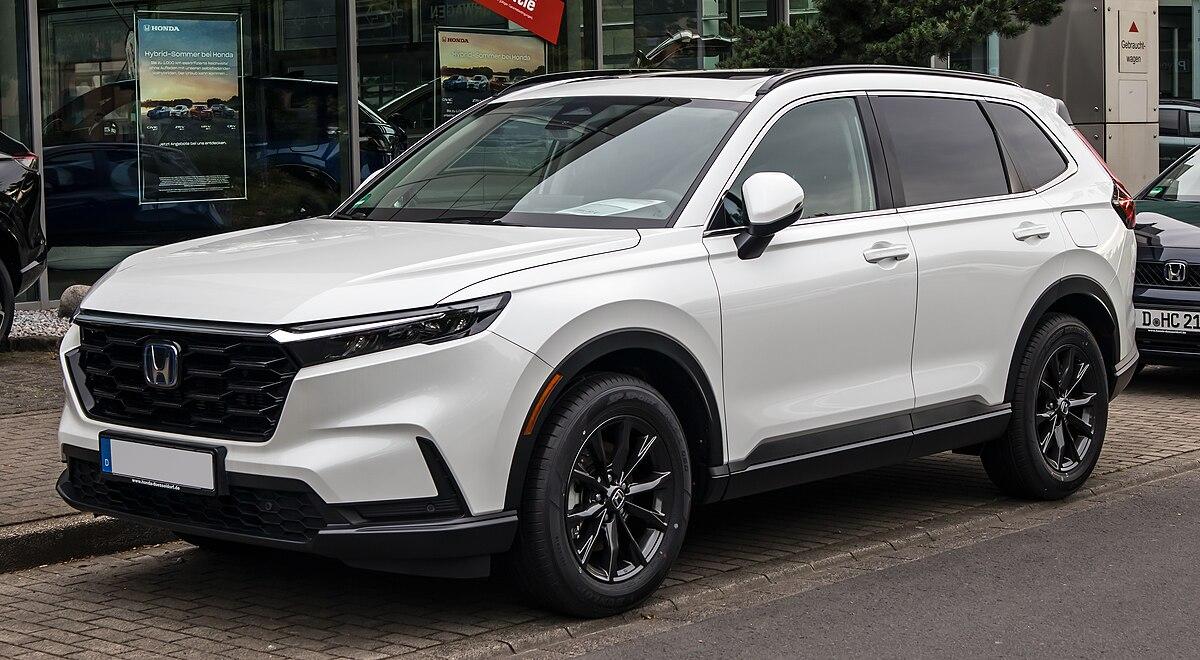
Essential Fluids and Their Role in Honda CR-V Longevity
Maintaining the longevity of your Honda CR-V hinges significantly on the quality and quantity of essential fluids used in the vehicle. Here are some crucial fluids to keep in mind:
- Engine Oil: This lubricates the engine components and keeps them cool. Regular changes ensure optimal performance.
- Transmission fluid: essential for smooth gear shifting. Check levels periodically and replace according to your maintenance schedule.
- Coolant: Vital for regulating engine temperature. Flushing and replacing the coolant can prevent overheating.
- Brake Fluid: Crucial for the effectiveness of your braking system. It should be checked for moisture and contamination.
- Power Steering Fluid: Keeps the steering system functioning smoothly. Low levels can lead to difficulty in steering.
To ensure that your Honda CR-V remains in excellent condition, consider the following table that highlights fluid replacement intervals:
| Fluid Type | recommended Change Interval |
|---|---|
| Engine Oil | Every 5,000 to 7,500 miles |
| Transmission fluid | Every 30,000 to 60,000 miles |
| Coolant | Every 60,000 to 100,000 miles |
| Brake Fluid | Every 2 years or 24,000 miles |
| Power Steering Fluid | Every 50,000 miles |
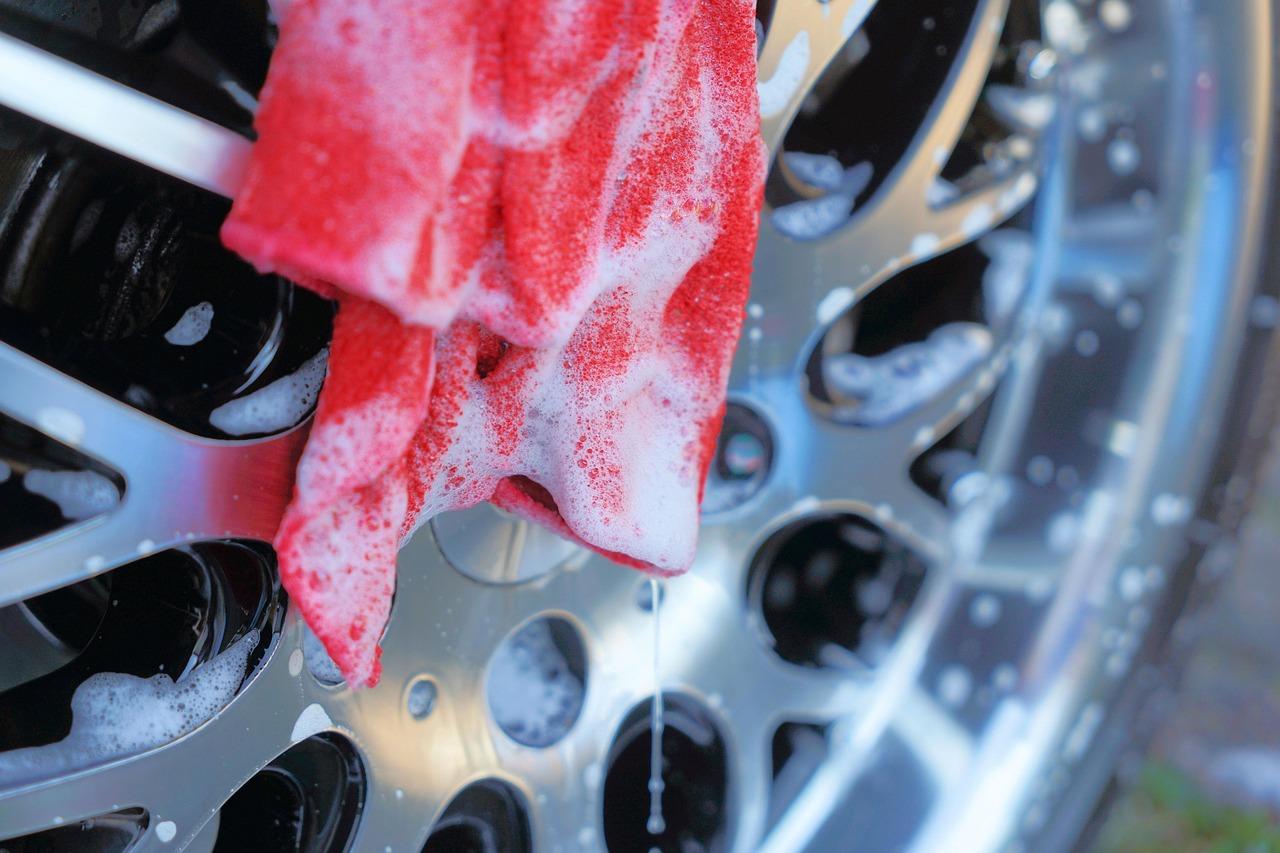
Tire Care for Optimal Performance and Safety
Ensuring your Honda CR-V is equipped with properly maintained tires is essential for both performance and safety. Regular tire inspections can prevent issues before they escalate. Look for signs of uneven wear, cracks, or blisters. When checking tire pressure, remember that it should be done when the tires are cold for the most accurate reading. A simple way to maintain optimal tire pressure is to use a digital tire gauge, which can provide precise measurements that help improve fuel efficiency and handling. Additionally, don’t forget to rotate your tires regularly—about every 5,000 to 7,500 miles—to promote even wear and extend their lifespan.
Another critical aspect of tire care is ensuring proper alignment and balancing. Misalignment can lead to premature tire wear and negatively impact your Honda CR-V’s handling. If you notice your vehicle pulling to one side or experiencing vibration, it’s time for an alignment check. Moreover, maintaining tread depth is vital for safety, especially in wet conditions. You can use the penny test: insert a penny into the tread with Lincoln’s head upside down; if you can see the top of his head, it’s time to replace your tires. By adopting these practices, you not only ensure a smooth ride but also enhance the overall safety of your vehicle.
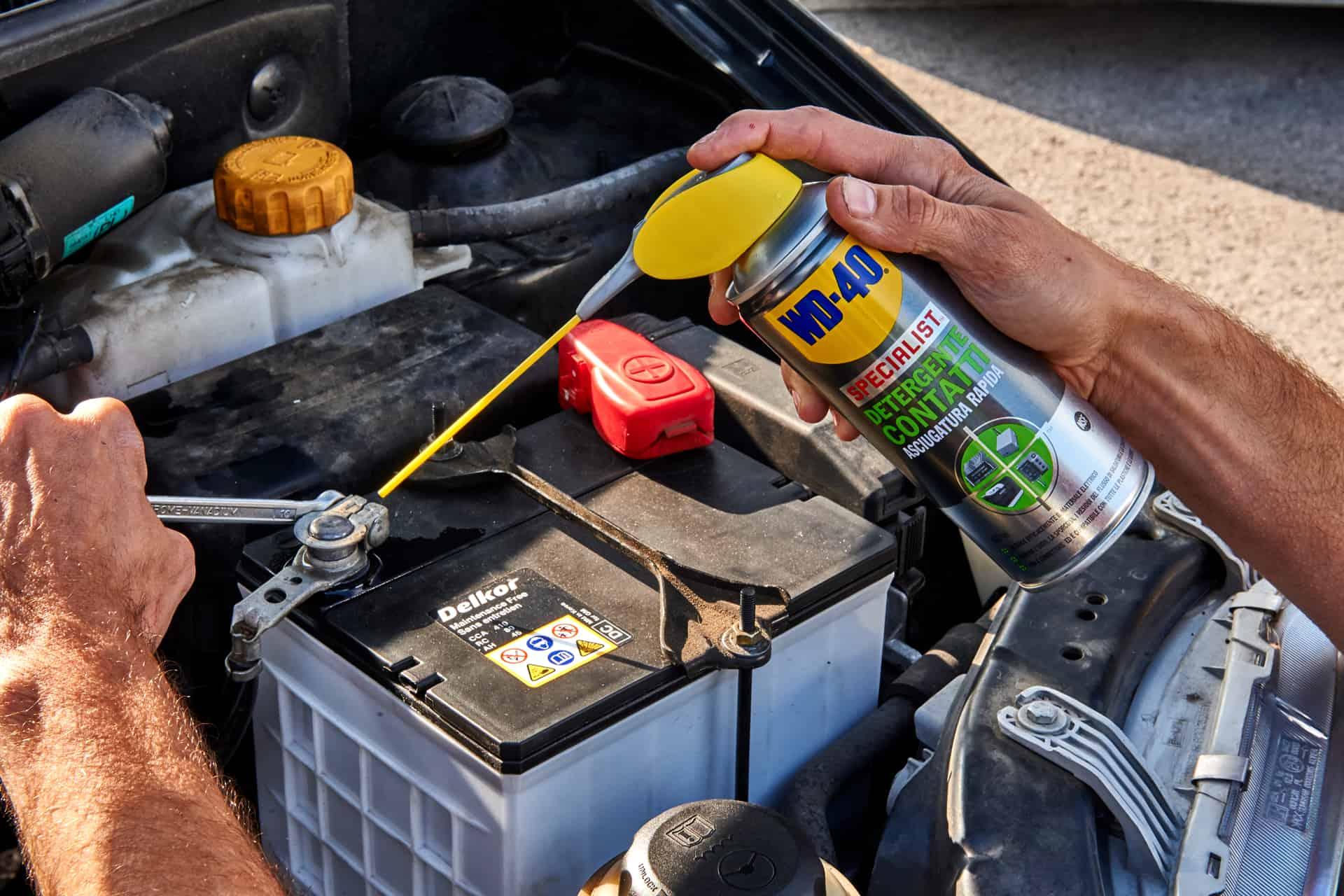
Battery Maintenance: Ensuring a Reliable Start
To keep your Honda CR-V performing optimally, paying attention to battery maintenance is essential. Regularly inspecting the battery for signs of wear can help prevent unexpected start-up troubles.Ensure the battery terminals are clean and free from corrosion; it’s wise to check the connections for a snug fit. Use a mixture of baking soda and water to clean any corrosion, applying it with a cloth. Additionally, ensure the battery is securely mounted to mitigate vibration damage, which can lead to premature failure.
Be mindful of the battery’s lifespan, typically between three to five years. If your car exhibits sluggish starting or dim headlights,it may be time for a replacement. Keep track of when the battery was last changed and consider routine testing at your trusted mechanic or an automotive store. A simple visual inspection and performance check can go a long way.Remember these tips for maintaining your battery:
- Inspect terminals regularly.
- Clean off corrosion.
- Check battery age.
- Monitor electrical components.

Regular Inspections: Key Components to Check Periodically
To ensure your Honda CR-V runs smoothly and remains reliable, conducting regular inspections is essential. Begin by examining your engine oil and coolant levels. proper lubrication and cooling are crucial for the health of your engine, so check for leaks and top off fluids as necessary. Additionally,inspect your brake fluid and transmission fluid; these are vital for safe operation and optimal performance. Tire condition plays an equally critically important role—monitor tread depth and tire pressure regularly to enhance safety and fuel efficiency. Remember to rotate your tires according to the owner’s manual recommendations to promote even wear.
Another critical aspect of regular inspections is the vehicle’s lighting system.Ensure that all headlights, brake lights, and turn signals are functioning correctly to maintain visibility and safety on the road. Furthermore, don’t overlook the cabin air filter; replacing it regularly can drastically improve air quality within the vehicle. If equipped, check the battery terminals for corrosion and ensure a secure connection. Keeping an eye on wiper blades is also vital; replace them if they show signs of wear or ineffective performance. By staying proactive with these inspections, you’ll not only extend the lifespan of your Honda CR-V but also enhance your overall driving experience.
In Summary
maintaining your Honda CR-V isn’t just about keeping the wheels turning—it’s about nurturing a reliable companion that supports your journey through life’s many adventures. By committing to regular maintenance and following the tips outlined in this article, you can ensure that your CR-V remains in peak condition for years to come. From routine oil changes to tire rotations and beyond, each small step plays a significant role in enhancing performance and longevity. Remember, a well-maintained vehicle not only improves your driving experience but also ensures safety on the road. So take a moment to appreciate your Honda CR-V, and let these maintenance practices guide you in preserving its value and reliability.Here’s to many more miles of exploration and memories in the dependable embrace of your trusty CR-V. Safe travels!

